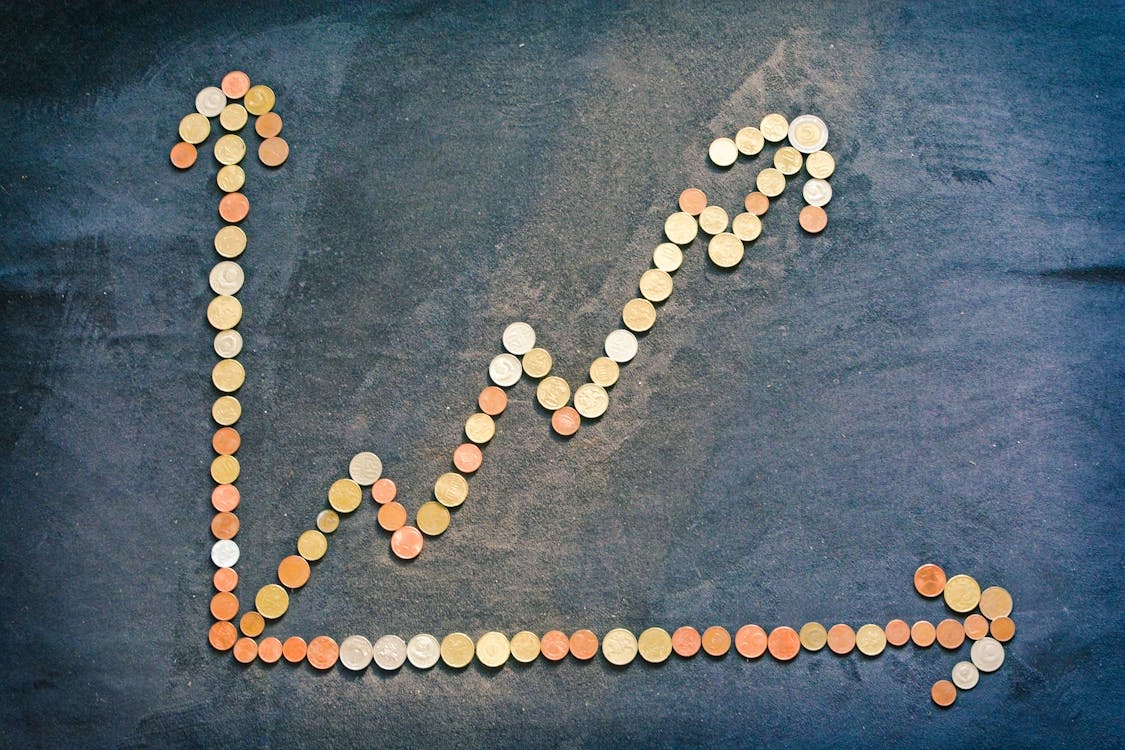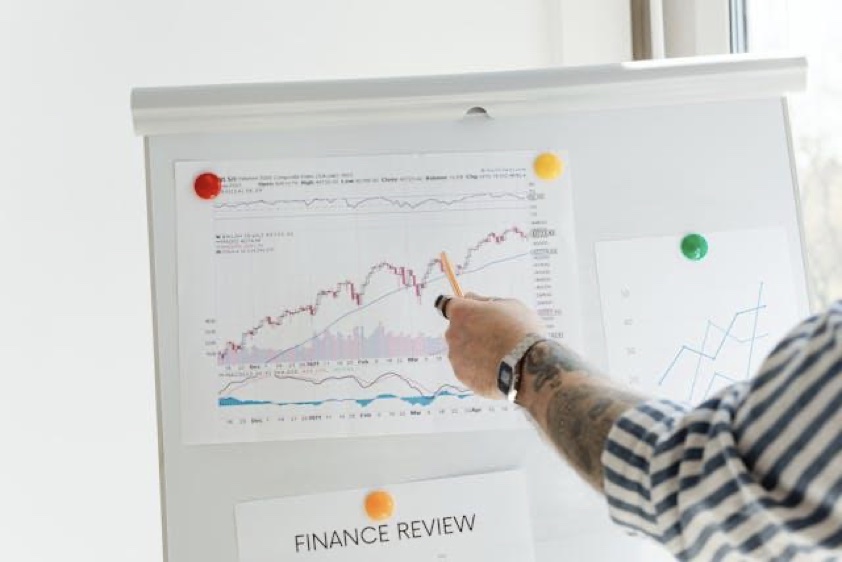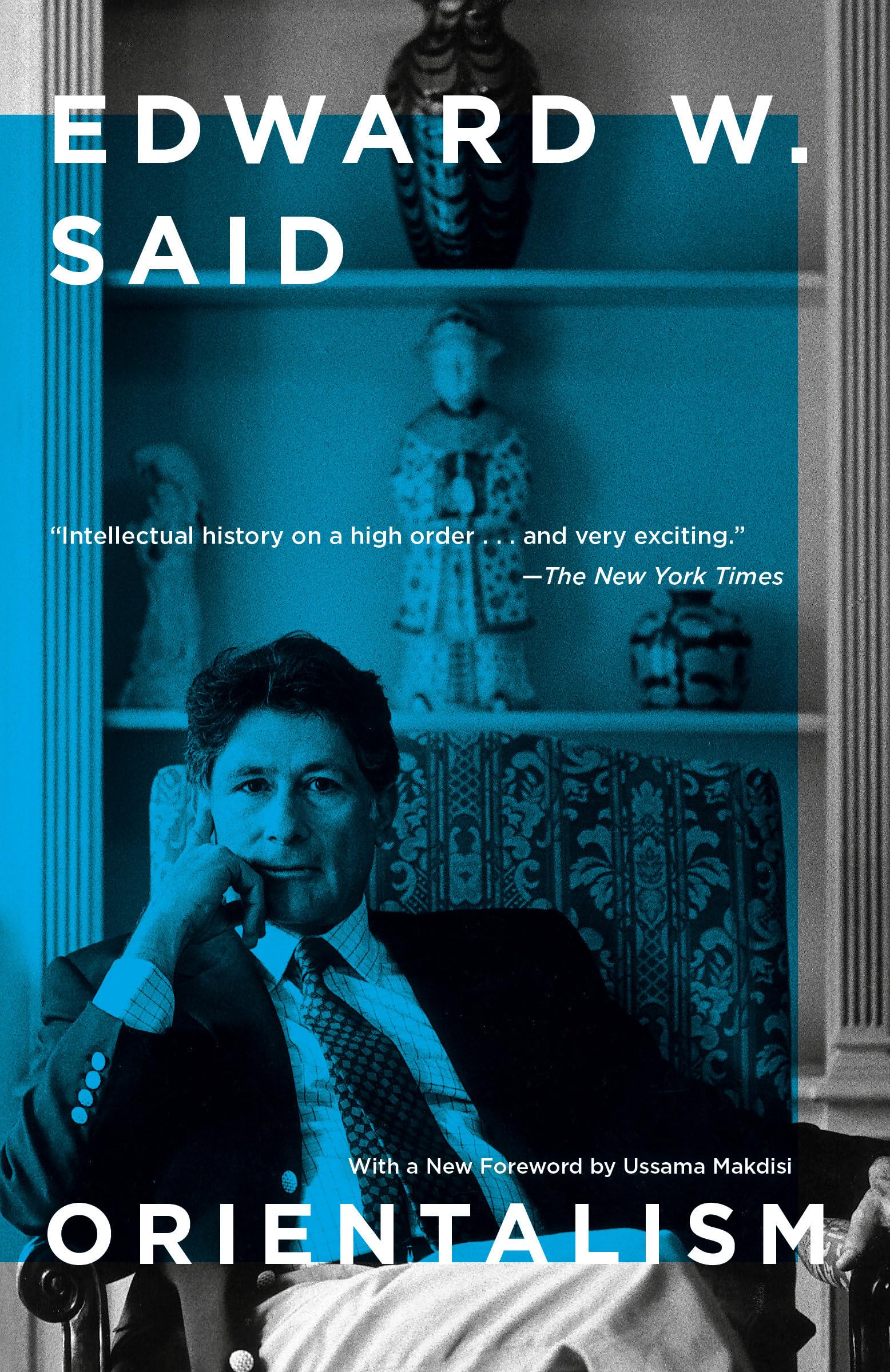Features
Our New Jewish Reality

By HENRY SREBRNIK We are now three months past the horrific Hamas attack on Israel, and things get worse, not better, as antisemitic activities have grown since that day.
Indeed, since Oct. 7, we Jews have been witnessing an ongoing political and psychological pogrom. True, there have been no deaths (so far), but we’ve seen the very real threat of mobs advocating violence, and extensive property damage of Jewish-owned businesses and synagogues, all with little forceful reaction from the authorities.
The very day after the carnage, Canadians awoke to the news that the deadliest day for Jews since the Holocaust had inspired sustained celebrations in its major cities. And they have continued ever since. I’d go so far as to say the Trudeau government has, objectively, been more interested in preventing harm to Gazans than caring about the atrocities against Israelis and their state.
For diaspora Jews, the attacks of Oct. 7 were not distant overseas events and in this country since then they have inspired anti-Semitism, pure and simple, which any Jew can recognize. Even though it happened in Israel, it brought back the centuries-old memories of defenseless Jews being slaughtered in a vicious pogrom by wild anti-Semites.
I think this has shocked, deeply, most Jews, even those completely “secular” and not all that interested in Judaism, Israel or “Zionism.” Jewish parents, especially, now fear for their children in schools and universities. The statements universities are making to Jewish students across the country could not be clearer: We will not protect you, they all but scream. You’re on your own.
But all this has happened before, as we know from Jewish history. Long before Alfred Dreyfus and Theodor Herzl, the 1881 pogroms in tsarist Russia led to an awakening of proto-Zionist activity there, with an emphasis on the land of Israel. There were soon new Jewish settlements in Palestine.
The average Jew in Canada now knows that his or her friend at a university, his co-worker in an office, and the people he or she socializes with, may in fact approve, or at least not disapprove, of what happened that day in Israel. Acquaintances or even close friends may care far more about Israel killing Palestinians in Gaza.
Such people may even believe what we may call “Hamas pogrom denial,” already being spread. Many people have now gone so far in accepting the demonization of Israel and Jews that they see no penalty attached to public expressions of Jew-hatred. Indeed, many academics scream their hatred of Israel and Jews as loud as possible.
One telling example: On Nov. 10, Toronto officers responded to a call at an Indigo bookstore located in the downtown. It had been defaced with red paint splashed on its windows and the sidewalk, and posters plastered to its windows.
The eleven suspects later arrested claimed that Indigo founder Heather Reisman (who is Jewish) was “funding genocide” because of her financial support of the HESEG Foundation for Lone Soldiers, which provides scholarships to foreign nationals who study in Israel after serving in the Israeli armed forces. By this logic, then, most Jewish properties and organizations could be targeted, since the vast majority of Jews are solidly on Israel’s side.
Were these vandals right-wing thugs or people recently arrived from the Middle East? No, those charged were mostly white middle-class professionals. Among them are figures from academia, the legal community, and the public education sector. Four are academics connected to York University (one of them a former chair of the Sociology Department) and a fifth at the University of Toronto; two are elementary school teachers; another a paralegal at a law firm.
Were their students and colleagues dismayed by this behaviour? On the contrary. Some faculty members, staff and students at the university staged a rally in their support. These revelations have triggered discussions about the role and responsibilities of educators, given their influential positions in society.
We now witness continuous large “pro-Palestinian” rallies through our cities, invasions of shopping malls and thoroughfares, including intimidating behaviour against Jewish passersby. One incident that gained wide media coverage was of a masked demonstrator at the Eaton Centre in Toronto Dec. 17 threatening someone in front of police officers that he would “put him six feet deep” with no consequences. The protesters seem to act with impunity and no pushback from the authorities.
“Pro-Hamas protests have been permitted to block traffic, close stores and frighten patrons and owners, and vandalize property. And now we have explicit death threats in front of inert useless cops,” wrote journalist John Robson in the National Post Dec. 20.
Far more scandalous, even shocking, was the decision by the mayor of Canada’s fourth largest city, Calgary, announcing that she would not be attending the annual menorah lighting at city hall on the first night of Hanukkah.
Jyoti Gondek called it “an event to support Israel” – which, in her mind, “goes against the mission to uphold diversity and inclusion.” Orwell would be proud of such doublespeak. She is good at electoral math, however: Calgary is home to 100,00 Muslims but only 6,000 Jews.
Canada’s Muslim population is nearly 1.8 million, almost five times larger than the Jewish one, as Justin Trudeau, also, is aware. His Liberal government has been missing in action both in defending Israel at the UN and Canadian Jews at home. The RCMP, meanwhile, announced Dec. 16 that it had seen a “concerning trend” of young people being radicalized online, revealing that five youths had been arrested on terror charges over the past six months.
You’ve heard the term “quiet quitting.” I think many Jews will withdraw from various clubs and organizations and we will begin to see, in a sense like in the 1930s, a reversal of assimilation, at least in the social sphere. (Of course none of this applies to Orthodox Jews, who already live this way.)
Women in various feminist organizations may form their own groups or join already existing Jewish women’s groups. There may be an increase in attendance in K-12 Jewish schools. In universities, “progressive” Jewish students will have to opt out of organizations whose members, including people they considered friends, have been marching to the slogan “From the river to the sea, Palestine will be free” and similar eliminationist rhetoric, while waving Palestinian flags.
This will mostly affect Jews on the left, who may be supporters of organizations which have become carriers of anti-Semitism, though ostensibly dealing with “human rights,” “social justice,” and even “climate change.”
A perfect example: Swedish climate activist Greta Thunberg took part in a demonstration outside the Israeli Embassy in Stockholm on Oct. 22 in which she chanted “crush Zionism” along with hundreds of other anti-Israel protesters. She co-authored an op-ed accusing Israel of perpetrating a genocide against Palestinians in the British newspaper the Guardian Dec. 5.
Israel is now unthinkingly condemned as a genocidal apartheid settler-colonialist state, indeed, the single most malevolent country in the world and the root of all evil.
New York Times Columnist Bret Stephens expressed it well in his Nov. 7 article. “Knowing who our friends aren’t isn’t pleasant, particularly after so many Jews have sought to be personal friends and political allies to people and movements that, as we grieved, turned their backs on us. But it’s also clarifying.”
We confront two wars, one being waged in Gaza, the other here in Canada’s streets, universities, and elsewhere, by antisemites creating havoc. Canada’s Jews feel besieged and isolated.
Ed. note: This article by Henry Srebrnik represents the fifth piece we have published written by him since November 12. Four previous articles are still available to read on our website. (Simply enter “Henry Srebrnik” in the search tool.) This most recent article represents an updated version of an article which was first posted to our website on November 12. We also asked Henry to provide some further biographical information, as many readers have been asking us who he is. You can read a detailed bio of his academic career at the end of this article.
By the way, similar to Henry, we’ve been receiving submissions from other writers whose writings had not previously appeared in our paper, nor on our website. We welcome those submissions. We are proud to serve as a forum for articles that, perhaps for reasons of length, perhaps due to their content, have either been rejected for publication in better known newspapers or websites than ours.
Henry Srebrnik teaches comparative politics and ethnic relations in the Department of Political Science at the University of Prince Edward Island in Charlottetown, PEI, Canada and in his research examines the impact of nationalism and ethnically-based political conflict among diaspora peoples.
He obtained BA and MA degrees in political science and history at McGill University, Montreal, and an MA in Contemporary Jewish Studies at Brandeis University, Waltham, MA. His PhD in political science, from the University of Birmingham in England, was entitled “The Jewish Communist Movement in Stepney: Ideological Mobilization and Political Victories in an East London Borough, 1935-45.”
He has written three books on the subject of Jewish communities and Communist movements: London Jews and British Communism, 1935-1945 (London: Vallentine Mitchell, 1995); Jerusalem on the Amur: Birobidzhan and the Canadian Jewish Communist Movement, 1924-1951 (Montreal and Kingston: McGill-Queen’s University Press, 2008); and Dreams of Nationhood: American Jewish Communists and the Soviet Birobidzhan Project, 1924-1951 (Boston: Academic Studies Press, 2010). With Matthew Hoffman, he co-edited A Vanished Ideology: Essays on the Jewish Communist Movement in the English-speaking World in the Twentieth Century (Albany, NY: State University of New York Press, 2016).
He also wrote Creating the Chupah: The Zionist Movement and the Drive for Jewish Communal Unity in Canada, 1898-1921 (Boston: Academic Studies Press, 2011) and co-edited De Facto States: The Quest for Sovereignty (London and New York: Routledge, 2004).
The book on the Canadian Jewish Communist Movement has quite a bit on Winnipeg, as you’d expect.
A few articles that include Winnipeg, of the many I’ve written on the Canadian Jewish Communist movement:
“Birobidzhan on the Prairies: Two Decades of Pro-Soviet Jewish Movements in Winnipeg,” in Daniel Stone, ed., Jewish Radicalism in Winnipeg, 1905-1960 (Jewish Life and Times, Vol. 8) (Winnipeg: Jewish Heritage Centre of Western Canada, 2003): 172-191.
“Red Star Over Birobidzhan: Canadian Jewish Communists and the ‘Jewish Autonomous Region’ in the Soviet Union,” Labour/Le Travail 44, 1999: 129-147; reprinted in Richard Menkis and Norman Ravvin, eds., The Canadian Jewish Studies Reader (Calgary and Montreal: Red Deer Press and the Institute for Canadian Jewish Studies, 2004): 241-263.
Features
CAD Performance in 2025: Key Factors Behind Its Recovery

The CAD is clawing back lost ground. Discover what pushed the loonie down in 2024, what’s lifting it in 2025, and why its future still hangs in the balance.
2024 was a strange year for the loonie. If you are an active currency trader, a quick look at a CAD/USD price chart would have you nodding in agreement. Yes, the year started off strong, but as the months rolled by, it was obvious that something was wrong, especially as we neared the end of Q3. The reason for the downtrend was clear. Most people agreed that it was the tariff threats from Washington, rate cuts at home, and a volatile global economy that were being reflected in the currency markets. And for a while, the CAD was stuck in that losing streak, with some experts even suggesting that there was still more to come.
As the new year rolled around, it didn’t seem like anything had changed. But by mid-2025, quiet shifts had turned into a noticeable recovery, with the loonie gaining back significant ground against the greenback. So, in this piece, we’ll break down what really dragged the Canadian dollar lower in 2024, what’s fueling its recovery this year, and whether this rebound is going to hold steady.
Understanding What Happened in 2024
At the start of the year (2024), one U.S. dollar traded for about 1.35 CAD, which translates to one Canadian dollar being valued at roughly 74 cents U.S. It wasn’t anything special at the time, especially after the levels of inflation and volatility of 2023. Still, economists noted that these were the few key factors that kept the loonie afloat early in the year:
- The price of oil made a comeback. Crude prices firmed up early in the year, supporting Canada’s export earnings and adding a tailwind to the currency.
- Employment figures were solid. Job growth held up, and steady wage gains helped offset the pressure of higher borrowing costs.
- The BoC held a steady interest rate. After an aggressive round of rate hikes in 2023, policymakers looked ready to pause and let the economy cool gradually.
All of these factors were thought to have helped build confidence in the Canadian economy and by mid-2024, the loonie had edged up toward 76-77 cents U.S.
Late-Year Turbulence
Not a lot of people saw it, but as Q2 2024 unfolded, the CAD started to look unattractive to currency market investors. How? Well, it started when the Bank of Canada (BoC) started to signal its intention to cut interest rates. It gave its clearest sign to this on April 10, 2024 when the bank highlighted that inflation was slowing down and it was leaving the door open for rate cuts. This announcement changed market expectations almost overnight.
Eventually, the first cut came on June 5, 2024. The BoC lowered its benchmark rate by 25 basis points from 5% to 4.75%, becoming the first major G7 central bank to start easing.
From there, the pace picked up with rates being reduced four more times. The market’s reactions to these cuts were immediate. And any currency trader with a reliable forex trading app saw each one unfold live. The CAD began to lose altitude as the yield gap with the U.S. widened. With lower returns on Canadian assets, investors favored the greenback. Adding to the pressure, the Trump campaign’s 25% tariff threat in September ignited the fears of a trade war. Which led to traders quickly pricing in potential hits to exports and investment, sending sentiment lower.

The 2025 Comeback
The CAD started 2025 trading at around 67 cents U.S., with some days even seeing it flirt with the 66-cent mark. So, it was a common assumption in the currency traders’ community that 2024 might repeat itself. But something was different this time. Every day, the loonie was quietly clawing back much of the ground it lost during the previous year’s slump.
So, what was different this time? Well, experts believe the panic that gripped both retail and institutional traders through late 2024 began to fade. As positive economic data started to filter in, confidence slowly returned alongside a few key drivers. By midyear, analysts were already talking about a turnaround rather than just a recovery attempt. The CAD was trading in the 72-73-cent U.S. range, up solidly from its January lows, and here’s its current rate.
Major Factors Behind the CAD’s Recovery
So, what helped the CAD? Well, there were a few clear factors that came together to turn sentiment around and put the loonie back on steadier footing.
- U.S. Dollar Weakness
A softer U.S. dollar was one of the clearest tailwinds for the CAD in 2025. The weakening of the USD started occurring when investors started to pull back from U.S. assets as political tension, fiscal worries, and softer economic data piled up.
What drove it?
- Trade and political uncertainty: Tariff moves and Washington infighting rattled investor confidence.
- Fiscal strain: Deficit concerns eroded trust in U.S. financial stability.
- Fed policy shifts: With the Federal Reserve showing interest in cutting rates (and actually doing so on September 16), the yield advantage that once favored the dollar began to fade.
As investors reduced exposure to U.S. assets, capital rotated into other major currencies. The CAD, being liquid and commodity-linked, was one of the key beneficiaries, strengthening almost by default as the greenback lost ground.
- Diverging Monetary Policy
Monetary policy divergence became another major driver. The Bank of Canada held its policy rate steady near 2.75% through Q2 2025 before cutting in September, signaling confidence that inflation was cooling without stalling growth. Meanwhile, the U.S. Federal Reserve began easing monetary policy with its first rate cut in September 2025, responding to slowing growth and softer inflation. This divergence in pace and tone helped support the Canadian dollar’s rebound.
This narrowing interest rate gap mattered. And with Canada offering relatively higher yields, foreign investors found the loonie more attractive, especially compared to the softening U.S. dollar. For traders, the CAD started to look like a better carry trade than it had in over a year.
- Easing Tariff Fears
Another major psychological lift came from the fading of tariff risks. In the first half of 2025, Trump’s proposed 25% tariffs on Canadian goods lost traction as political attention shifted elsewhere. While some concerns still lingered, the immediate threat of a trade shock began to ease. Cross-border trade flows regained a bit of momentum, and markets started to price in a smoother path for Canadian exports. That renewed confidence played a key role in supporting the loonie’s recovery.
Can the Loonie Hold Its Ground?
As 2025 moves forward, the consensus among analysts is cautious but constructive. Most expect the Canadian dollar to trade in the 1.33-1.36 range against the U.S. dollar, a level that points to stability. The worst of 2024’s volatility seems to be behind it, but the loonie’s next moves will still depend on how the global story unfolds.

A Currency That Refused to Stay Down
The past two years have been anything but smooth for the CAD, but this move has proven one thing: resilience runs deep. After weathering policy shifts, tariff scares, and market pessimism, the loonie has managed to rebuild its footing in 2025. Its recovery hasn’t been dramatic. It was grounded in solid fundamentals and steady confidence. For traders, that’s a reminder that sentiment can turn just as fast as it fades.
Features
Statistical Volatility Models in Slot Mechanics: Extended Expert Analysis Informed by Pistolo Casino
Analytical reviews of slot volatility often reference ecosystems similar to those found at Pistolo casino. Within the gambling research community, volatility is understood not as a marketing attribute, but as a technical framework that shapes how digital slot systems distribute outcomes over time. Expanding on earlier overviews, this extended analysis examines the deeper mathematical logic behind volatility classes, as well as their implications for long-term behavioural modelling.
Volatility as a Mathematical Architecture
Slot volatility is commonly divided into high-, medium-, and low-risk models, yet this simplified categorisation hides the structural complexity underneath. Developers configure several layers of probability weighting, which include:
- Event Density Layers – Each slot contains multiple weighted segments representing minor, medium, and rare outcomes.
- Return Frequency Curves – These curves dictate how the distribution of payouts drifts around the long-term equilibrium.
- Reel Weighting Matrices – Symbol appearance probability is shaped not only by frequency but also by conditional dependencies within each reel strip.
Research drawing on examples parallel to Pistolo casino shows that modern slots increasingly use modular probability blocks, making outcome variance more flexible and more precisely adjustable during development.
Behavioural Interpretation of Volatility Signals
From a player analytics perspective, volatility modelling helps identify how different user groups respond to varying risk structures. High-volatility mechanics frequently attract users who seek extended tension cycles and the possibility of occasional strong outcomes, while low-volatility systems are associated with steady-state gameplay and longer average session times.
Analysts also examine “volatility fatigue,” a concept describing the moment when prolonged dry cycles reduce engagement. By tracking these patterns, researchers can map how changes in event spacing affect decision-making, bet sizing, and persistence.
Simulation Methodology for Evaluating Volatility Accuracy
Technical audits rely heavily on large-scale simulations—sometimes exceeding fifty million iterations — to verify that the modelled volatility aligns with theoretical expectations. Key indicators include:
- Hit rate stability across long sequences
- Distribution symmetry, ensuring outcomes do not drift into accidental bias
- Deviation corridors, which define acceptable ranges for short-term anomalies
- Return-to-player convergence, showing whether the model equilibrates over time
When discrepancies appear, developers may adjust symbol weighting, probability intervals, or feature-trigger frequency until the system reaches internal balance consistent with regulatory and mathematical demands.
Volatility’s Role in Market Diversity
Volatility modelling helps explain the substantial variety between slot titles. Instead of relying solely on themes or graphics, modern game design differentiates titles by emotional rhythm and progression speed. This technical approach has led to more deliberate pacing structures where reward cycles, anticipation building, and event clustering are calibrated through mathematical systems rather than subjective intuition.
Conclusion
Volatility remains one of the most precise and data-driven components of slot design. Its study provides insight into outcome diversity, behavioural responses, and long-term predictability. Research frameworks referencing platforms comparable to Pistolo Casino highlight how volatility models shape modern gambling environments through measurable probability engineering and large-scale simulation.
Features
Bias in America’s Colleges Produced Modern Anti-Zionism

By HENRY SREBRNIK Jon A. Shields, Yuval Avnur, and Stephanie Muravchik, professors at the Claremont Colleges in California, have just completed a study, “Closed Classrooms? An Analysis of College Syllabi on Contentious Issues,” published July 10, 2025, that draws on a database of millions of college syllabi to explore how professors teach three of the most contentious topics: racial bias in the criminal justice system, the Israel-Palestine conflict, and the ethics of abortion.
They used a unique database of college syllabi collected by the “Open Syllabus Project” (OSP). The OSP has amassed millions of syllabi from around the world primarily by scraping them from university websites. They date as far back as 2008, though a majority are from the last ten years. Most of the data comes from universities in the United States, Britain, Canada, and Australia.
“Since all these issues sharply divide scholars, we wanted to know whether students were expected to read a wide or narrow range of perspectives on them. We wondered how well professors are introducing students to the moral and political controversies that divide intellectuals and roil our democracy. Not well, as it turns out.”
In the summary of their findings, “Professors Need to Diversify What They Teach,” they report that they found a total lack of ideological diversity. “Across each issue we found that the academic norm is to shield students from some of our most important disagreements.”
Teaching of Israel and Palestine is, perhaps no surprise, totally lopsided, and we’ve seen the consequences since October 7, 2023. Staunchly anti-Zionist texts — those that question the moral legitimacy of the Israeli state — are commonly assigned. Rashid Khalidi, the retired professor of Modern Arab Studies at Columbia, is the most popular author on this topic in the database. A Palestinian American and adviser to the Palestine Liberation Organization delegation in the 1990s, Khalidi places the blame on Israel for failing to resolve the conflict and sees the country’s existence as a consequence of settler-colonialism.
The problem is not the teaching of Khalidi itself, as some on the American right might insist. To the contrary, it is important for students to encounter voices like Khalidi’s. The problem is who he is usually taught with. Generally, Khalidi is taught with other critics of Israel, such as Charles D. Smith, Ilan Pappé, and James Gelvin.
Not only is Khalidi’s work rarely assigned alongside prominent critics, those critics seem to hardly get taught at all. They include Israel: A Concise History of a Nation Reborn by Daniel Gordis, a professor at Shalem College in Israel. Gordis’s book appears only 22 times in the syllabus database. Another example is the work of Efraim Karsh, a prominent historian. His widely cited classic, Fabricating Israeli History, appears just 24 times.
For most students, though, any exposure to the conflict begins and ends with Edward Said’s Orientalism, first published in 1978. Said is the intellectual godfather of so many of today’s scholars of the Middle East, thanks in no small part to this classic book. Said was a Palestinian-American academic, literary critic, and political activist from a prominent Christian family. Educated at Princeton and Harvard Universities, two of America’s most distinguished centres of higher learning, he taught at Columbia University, another Ivy League institution, until his death in 2003.
Said was no crude antisemite. His writings were aimed at academics and intellectuals and he has, in my opinion, done more damage to the Jewish people than anyone else after 1945. Said claimed to be the first scholar to “culturally and politically” identify “wholeheartedly with the Arabs.” But he was also a political activist for the Palestinian movement opposing the existence of Israel.
Said warned PLO leader Yasir Arafat that if the conflict remained local, they’d lose. Join “the universal political struggle against colonialism and imperialism,” with the Palestinians as freedom fighters paralleling “Vietnam, Algeria, Cuba, and black Africa,” he advised.
(In this he was not the first, though. Fayez Sayegh, a Syrian intellectual who departed for the United States and completed his Ph.D. at Georgetown University in 1949, preceded him. Also an academic, his 1965 monograph Zionist Colonialism in Palestine stands as the first intellectual articulation of Zionism as a settler colonial enterprise, arguing that the analytical frameworks applied to Vietnam and Algeria apply equally to Palestine. The treatise situated Zionism within European colonialism while presenting it as uniquely pernicious.)
Israel’s post–Six-Day War territorial expansion helped Said frame Israel as “an occupying power” in a 1979 manifesto titled The Question of Palestine. Alleging racial discrimination as the key motive was a means of transforming the “Zionist settler in Palestine” into an analogue of “white settlers in Africa.” That charge gained traction in a post-Sixties universe of civil rights, anti-imperialism, anti-colonialism, and Western self-abnegation. The work sought to turn the tables on the prevailing American understanding of Israel: It is not, in fact, an outpost of liberal democracy or refuge from antisemitism, but an instrument of white supremacy.
Orientalism popularized a framework through which today’s advocates on behalf of Palestinians understand their struggle against the state of Israel and the West generally. Said casts the Western world as the villains of history and peoples of the East as its noble victims.
The essence of the book, Said concluded, is the “ineradicable distinction between Western superiority and Oriental inferiority.” It falsely affirms “an absolute and systematic difference between the West, which is rational, developed, humane, superior, and the Orient, which is aberrant, undeveloped, inferior.”
So it was impossible to take Zionism seriously as one among the myriad nationalist movements that emerged in the nineteenth century, much less to see Israel itself as a land of refugees or the ancestral homeland of Jews. And, indeed, Said’s Orientalism singles out Israel for special rebuke, suggesting that the state could be justified only if one accepted the xenophobic ideology at the core of Western civilization. Israel’s defenders, particularly those who lament the lack of democracy in the Middle East and fault Arabs for their militancy, represent the “culmination of Orientalism.”
Said is widely acknowledged as the godfather of the emerging field of postcolonial studies, and his views have profoundly shaped the study of the Middle East. Said also inspired – and in some cases directly mentored – a generation of anti-Zionist U.S. scholars whose dominance in the academic study of the area is unquestionable today.
The political left that emerged trained itself to read every conflict as the aftershock of colonialism. The ideological narrative of oppression and resistance allowed even the jihadist to become a post-colonial rebel.
It’s hard to overstate the academic influence of Orientalism. The authors note that “As of this writing, it has been cited nearly 90 thousand times. It is also the 16th most assigned text in the OSP database, appearing in nearly 16 thousand courses.” Orientalism is among the most popular books assigned in the United States, showing up in nearly 4,000 courses in the syllabus database. Said’s work appears in 6,732 courses in U.S. colleges and universities.
But although it was a major source of controversy, both then and now, it is rarely assigned with any of the critics Said sparred with, like Bernard Lewis, Ian Buruma, or Samuel Huntington. Instead, it’s most often taught with books by fellow luminaries of the postmodern left, such as Frantz Fanon and Judith Butler.
All these ideas are now embedded into diversity, equity, and inclusion identity politics, and “humanitarian” outrage over supposed Israeli “settler-colonialism,” “genocide,” and “apartheid.”
The ground for the massive pro-Hamas college and university encampments, and attacks on Jewish students, was prepared decades ago. The long march of progressives through American institutions over the past decades has taken its toll on society.
Henry Srebrnik is a professor of political science at the University of Prince Edward Island.






